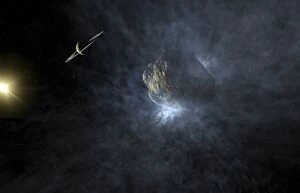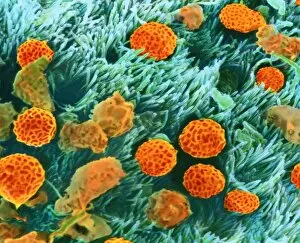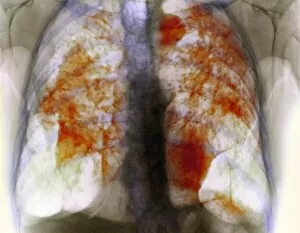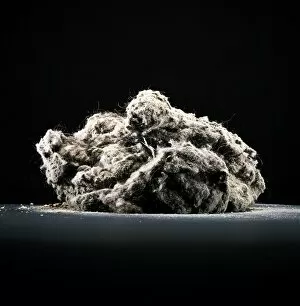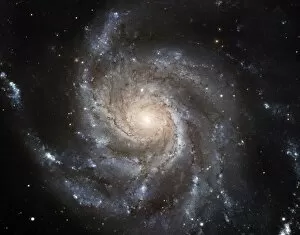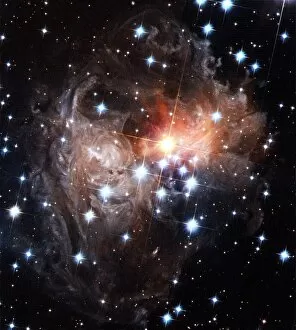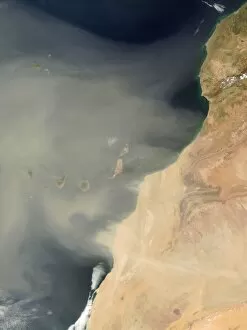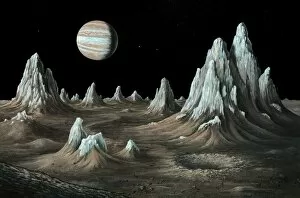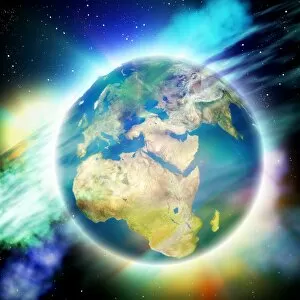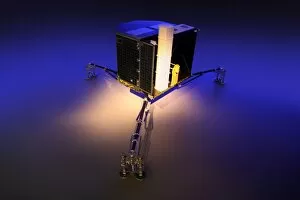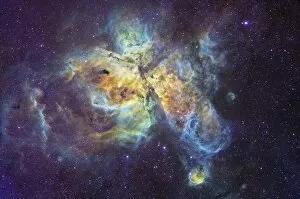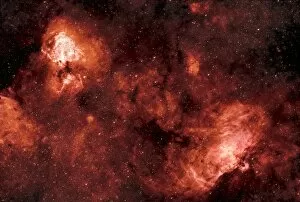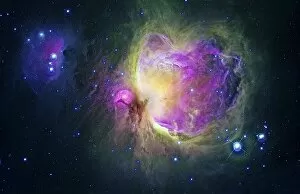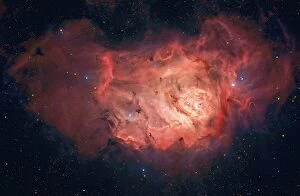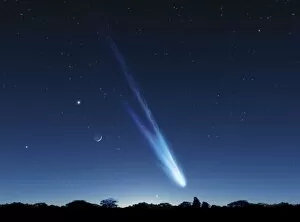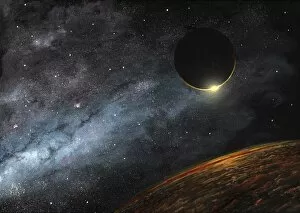Dust Collection (#77)
"Dust: The Cosmic Tapestry Unveiled" In the vast expanse of the universe, dust particles dance and weave their way through celestial wonders
For sale as Licensed Images
Choose your image, Select your licence and Download the media
"Dust: The Cosmic Tapestry Unveiled" In the vast expanse of the universe, dust particles dance and weave their way through celestial wonders, leaving behind a trail of intrigue and beauty. From the ethereal Orion nebula to the majestic Pillars of Creation, these minuscule specks play an integral role in shaping our cosmic landscape. Captured by the Hubble Space Telescope, Nebula Sh 2-106 reveals a mesmerizing display of swirling colors and intricate patterns. Like brushstrokes on a canvas, dust particles create a celestial masterpiece that leaves us in awe of nature's artistry. But dust is not confined to distant galaxies alone; it finds its place even within our earthly realm. In Mabel Lucie Attwell's enchanting illustration "The Allies of Santa Claus, " tiny flecks add a touch of magic to this whimsical scene and are be found amidst moments frozen in time. Jackie Robinson's daring steal home against catcher Andy Seminick at Shibe Park immortalizes both his athletic prowess and the cloud kicked up by his swift movement - an ephemeral reminder etched into history. Even closer to home, we find traces left behind by astronauts who once walked upon the Moon's surface. Their footprints forever imprinted on lunar soil serve as tangible evidence of human exploration reaching beyond Earthly boundaries. Back on Earth, towering cooling towers rise above Sheffield like colossal sentinels guarding industrial progress. Dust settles upon them as if whispering tales from generations past while Colin McRae Ford Focus roars through dusty trails during Acropolis Rally - leaving clouds billowing behind with every daring maneuver. Returning our gaze skyward once more, we marvel at Orion nebula (M42) where interstellar dust mingles with gas to birth new stars - an eternal cycle perpetuated throughout countless eons across galaxies far away.








